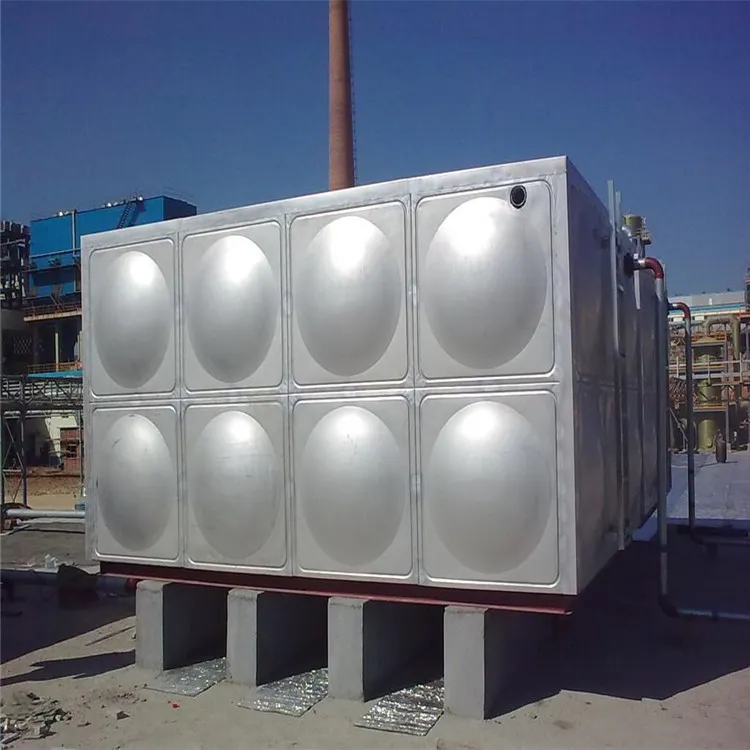loading...
- No. 9, Xingyuan South Street, Dongwaihuan Road, Zaoqiang County, Hengshui, Hebei, China
- admin@zjcomposites.com
- +86 15097380338
- Welcome to visit our website!
FRP Grating Cost Comparison for Various Applications and Specifications
Understanding FRP Grating Prices Key Factors and Considerations
Fiber Reinforced Plastic (FRP) grating is a versatile material widely used in a range of applications, particularly in industrial environments, construction, and marine settings. Its lightweight, corrosion-resistant properties, and high strength make it an appealing choice over traditional materials such as steel or aluminum. However, when it comes to purchasing FRP grating, one of the most significant considerations is the price. In this article, we break down the factors that influence FRP grating pricing and provide insights into how to evaluate cost-effectiveness.
1. Material Composition
The price of FRP grating is largely influenced by its material composition. Typically, FRP grating is made from a combination of fiberglass strands and resin. Different types of resin can vary significantly in cost. For example, vinyl ester resin, known for its superior corrosion resistance, often comes at a higher price point compared to polyester resin. Buyers need to assess their specific needs; for environments with high corrosion potential, investing in higher-grade materials may be more economical in the long run.
2
. Manufacturing ProcessThe production process of FRP grating also affects its price. There are different fabrication methods, such as pultrusion and hand lay-up processes, that determine the overall quality and durability of the product. Pultruded grating, known for its consistency and strength, generally costs more than grating made through less precise methods. While it may seem advantageous to opt for cheaper manufacturing options, the long-term benefits of higher-quality grating can outweigh the initial savings.
3. Design and Customization
frp grating price

Standard sizes and designs of FRP grating are typically more affordable, but customization options can increase the price significantly. When specific dimensions, colors, or load-bearing capacities are required, the cost can rise due to additional engineering, design, and production considerations. Companies should identify whether customized solutions are essential for their application or if standard options suffice to maintain budgetary constraints.
4. Applications and Load Requirements
The intended use of the FRP grating heavily influences its price. Applications that require higher load-bearing capacity, such as industrial flooring or heavy machinery platforms, necessitate a stronger and thicker grating, naturally resulting in a higher price. Conversely, grating suited for light-duty applications, like walkways or decorative features, can be more economical. Knowing the intended application and load requirements will help buyers assess the necessary specifications and avoid overspending on unnecessary features.
5. Market Trends and Supplier Factors
Like many other products, the price of FRP grating is subject to fluctuations based on market trends, supply chain dynamics, and supplier relationships. It’s wise for buyers to compare quotes from multiple suppliers and consider the implications of bulk purchasing or long-term contracts to secure better pricing. Additionally, suppliers may provide insights into the best products suited for specific applications, which can help in aligning quality with budget.
Conclusion
When it comes to understanding FRP grating prices, several factors come into play, including material composition, manufacturing processes, design requirements, application needs, and market dynamics. By thoroughly researching and analyzing these elements, buyers can make informed decisions that balance cost with long-term performance and suitability for their specific projects. Investing time in understanding FRP grating pricing can ultimately lead to significant savings and enhanced operational efficiency in the chosen applications.
-
GRP Structures: The Future of Lightweight, High-Performance EngineeringNewsJun.20,2025
-
FRP Water Tank: High-Performance Storage for Corrosive and Clean Water SystemsNewsJun.20,2025
-
FRP Square Tube: The New Industry Standard for Chemical and Structural ApplicationsNewsJun.20,2025
-
FRP Pultruded Profiles: The Ultimate Choice for Lightweight Structural StrengthNewsJun.20,2025
-
FRP Handrails: The Safer, Smarter, and Stronger Choice for Modern InfrastructureNewsJun.20,2025
-
FRP Grating: The Smart Solution for Durable, Lightweight Industrial FlooringNewsJun.20,2025
-
Why Choose a Galvanized Water Tank for Your Storage NeedsNewsMay.21,2025
